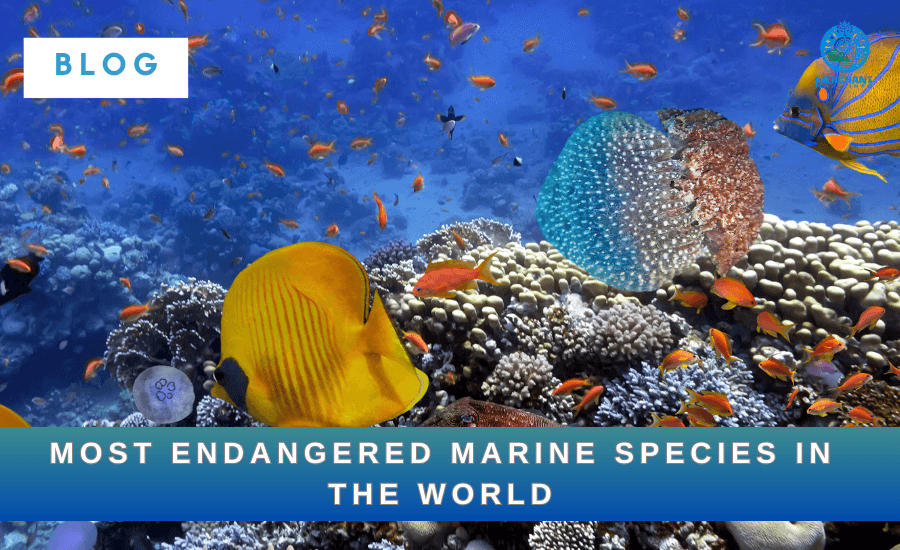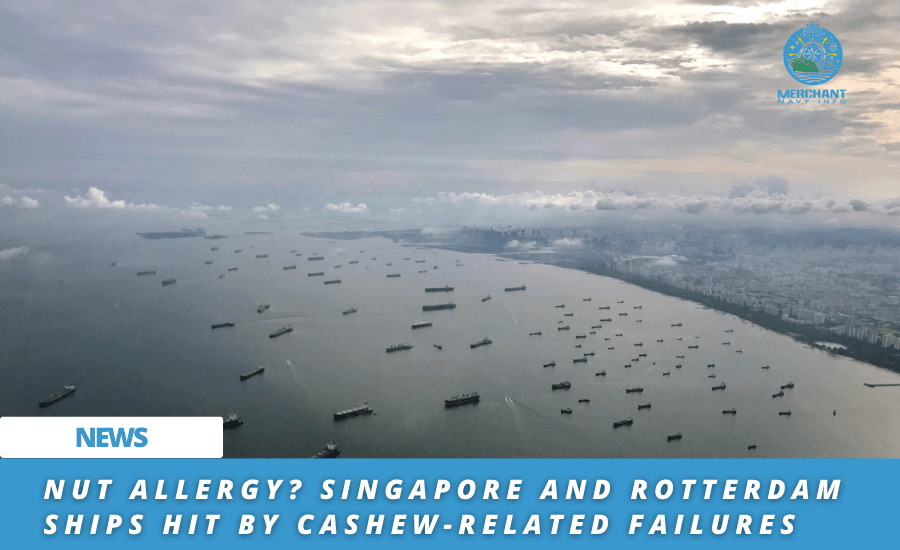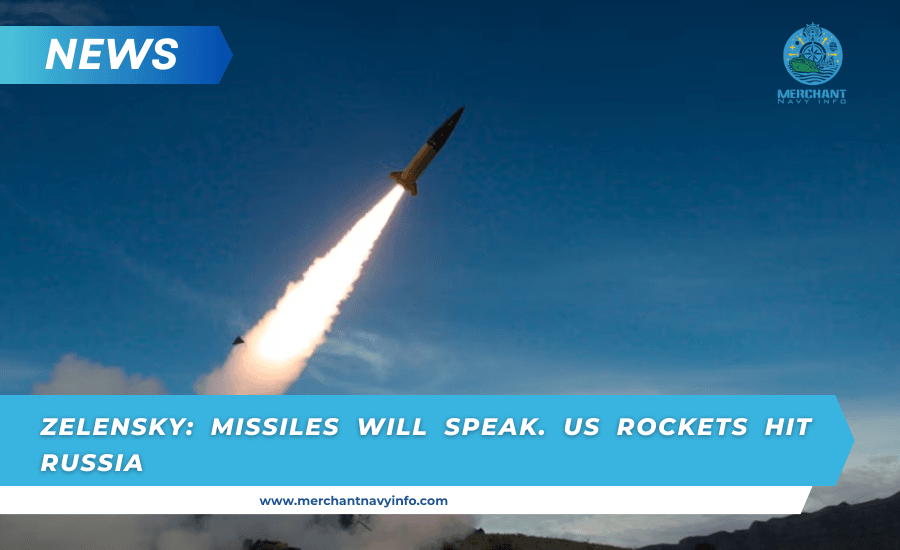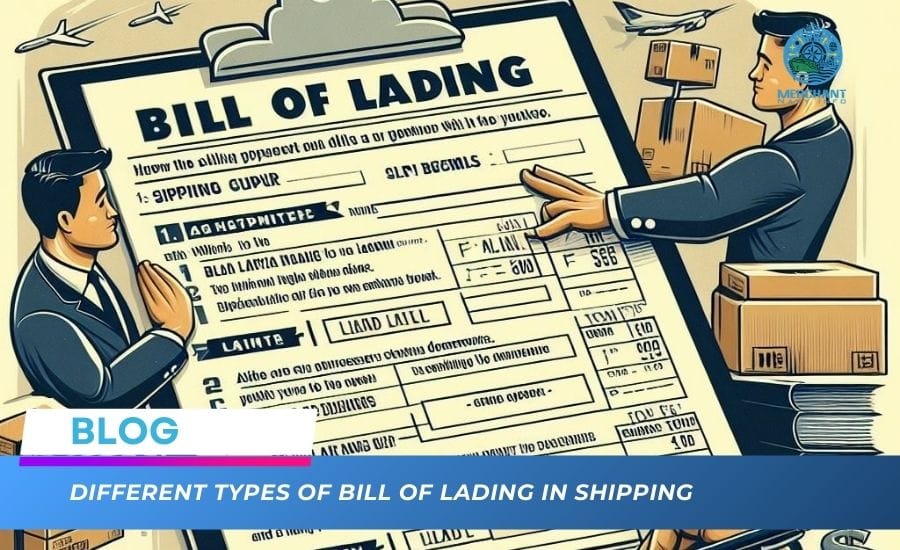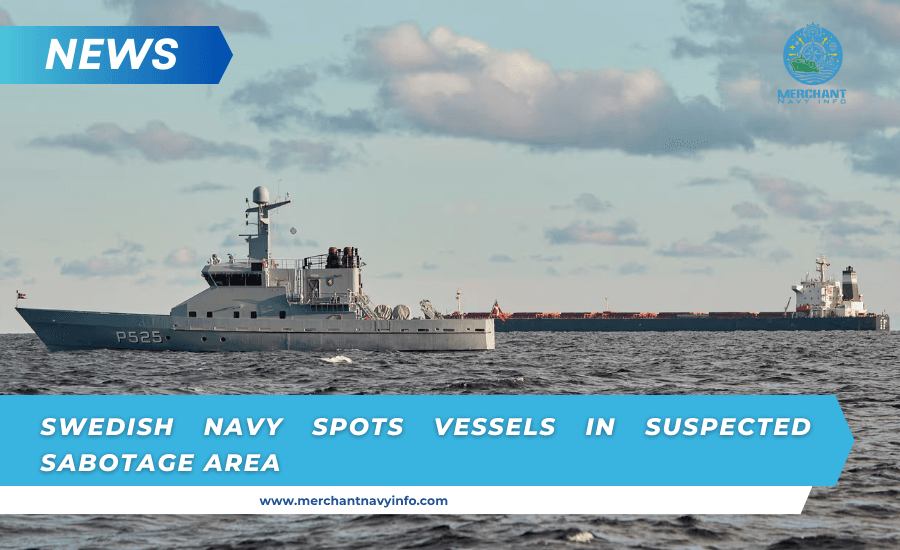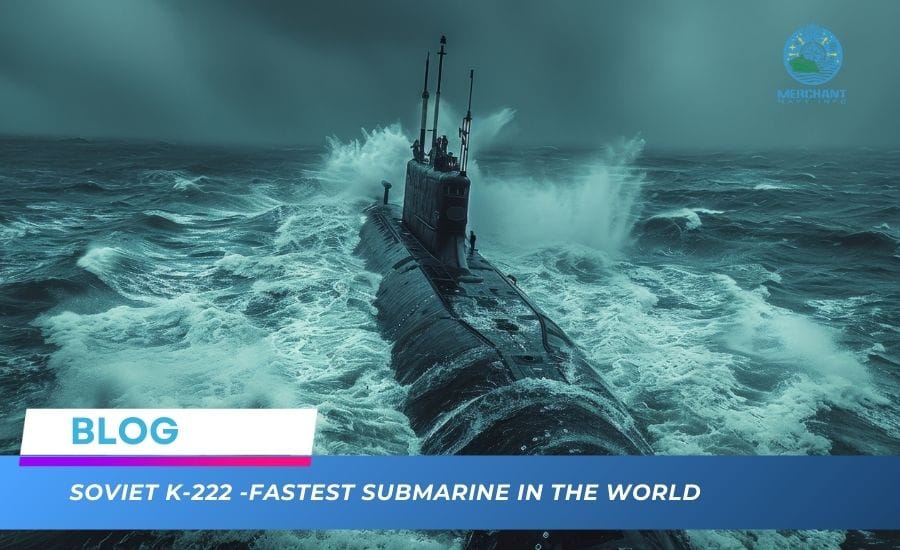
Do you know which ships SOLAS applies to?
The sinking of the Titanic is best known to the public for the number of deaths in a single shipping accident and for the fact that it sank on its maiden voyage. For the fact that it sank despite being a particularly large and luxurious ship for the time – or all the reasons mentioned above, but in the maritime community, the tragedy is associated with something else: the adoption of the International Convention for the Safety of Life at Sea (SOLAS), the regulatory pillar of global maritime safety.
The International Convention for the Safety of Life at Sea, along with MARPOL (which regulates the prevention of pollution from ships) and STC (which regulates standards, training, and certification of seafarers), is one of the three pillars of international instruments that regulate the maritime industry. Let’s take a closer look:
What? The International Convention for the Safety of Life at Sea (SOLAS) sets minimum safety standards for merchant ships’ construction, equipment, and operation. As a result, signatory states must ensure that ships flying their flags meet at least the standards set out in the treaty.
When? The convention was adopted in 1914, with subsequent revisions published in 1929, 1948, 1960, and 1974. The 1974 convention has been updated and revised several times, which is why the convention in force today can sometimes be different. It is referred to as “SOLAS, 1974 as revised”.
Where? As of November 2018, the number of States Parties to the 1974 SOLAS Convention was 164, with around 99% of merchant ships flying their flags by gross tonnage.
A few countries are not parties to the 1974 SOLAS Convention, including Bolivia, Lebanon, and Sri Lanka, which are all flags of convenience.
From? The IMO is the United Nations maritime industry body responsible for regulating the convention since it officially began work in 1958. The 1960 version of SOLAS was the first major undertaking of the IMO since the organization was founded and represented a major step in modernizing regulations in the shipping industry.
Why? Although serious maritime casualties had occurred before 1912, the Titanic was the first to attract such significant media attention and influence public opinion, highlighting the need to redefine the approach to maritime safety at the time.
Most of the revised chapters of the 1974 SOLAS Convention apply to passenger and cargo ships, but specific chapters also cover more specific types of ships, such as fishing vessels, nuclear ships, and high-speed ships.
Important: Generally speaking, except Chapter V, which deals with the safety of navigation, SOLAS does not apply to fishing vessels, wooden ships of original construction, and ships not mechanically propelled. This means most ships in developing countries are not subject to SOLAS regulations.
Although many countries have internal regulations, there is no effective international convention specifically for the safety of fishing vessels, probably due to the significant differences in their design and operation. However, in 1985, the IMO Maritime Safety Committee developed recommendations on weather standards for adequate stability, which apply to cargo and passenger ships of 24 meters or more and fishing vessels of 45 meters or more.
SOLAS Structure

Chapter 1 General Provisions
This introductory chapter includes the inspection and PSC regulations and certification requirements according to different types of ships.
Chapter 2 – 1 – Construction – Zoning, stability, machinery and electrical installations
This chapter specifies requirements for passenger ship bund safety, ballast water pumping arrangements, machinery and electrical installations, and stability for passenger and cargo ships. In 2010, tankers and bulk carriers adopted the “objective standard,” requiring that new ships be designed and built to meet the specified design life and be safe and environmentally friendly.
Chapter 2-2 – Firefighting, Fire Detection and Fire Extinguishing
This chapter includes detailed fire safety regulations for all ships and specific measures for passenger ships, cargo ships, and tankers, such as flammable cargoes, use of flammable materials, fire escape methods, etc.
Chapter 3 – Life-saving appliances and arrangements
This chapter applies to cargo ships and passenger ships. It includes requirements for life-saving appliances and arrangements and lifeboats, rescue boats, and life jackets according to the type of ship.
Chapter IV – Wireless Communications
This chapter includes the much-discussed Global Maritime Distress and Safety System (GMDSS), which requires passenger ships on international voyages and all cargo ships of 300 gross tonnage and above to carry equipment to improve the chances of rescue after an incident. The equipment includes satellite locators and search and rescue transceivers to determine the ship’s or lifeboat’s location.
Chapter V – Safety of Navigation
Chapter V sets out the obligations of Contracting States concerning navigation safety services. Although the Convention does not apply to all categories of ships or types of voyages, Chapter V sets out operational provisions that generally apply to all ships on all voyages.
Topics discussed include:
- Adequate reserves
- Maintenance of meteorological services
- Ice patrol services
- Determination of ship routes
- Maintenance of search and rescue services
- Commitment by the master to assist persons in danger
- Mandatory carriage of VDR and AIS on board
Chapter VI – Carriage of Cargo
This chapter covers all types of cargo ships, except bulk liquids and gases, which require “special precautions”. These standards include requirements for storing and securing cargo or transport units such as containers. Under this chapter, cargo ships carrying grain must comply with the International Grain Code.
Chapter VII Carriage of Dangerous Goods
The list is divided into the following parts:
Part A – Transport of dangerous goods in packages. Provides for the classification, packaging, marking, documentation and storage of dangerous goods. The International Maritime Dangerous Goods (IMDG) Code falls within the scope of this chapter.
Part A-1—Carriage of solid dangerous goods in bulk—covers the documentation, stowage, and segregation requirements for these goods and the reporting of incidents involving them.
Part B – Construction and equipment of ships carrying dangerous liquid chemicals in bulk. Under this chapter, chemical tankers must comply with the International Bulk Chemical Code (IBC Code).
Part C – Construction and equipment of ships carrying liquefied gases in bulk and gas carriers. This chapter makes the International Gas Tanker Code (IGC Code) mandatory.
Part D – Requirements for the transport of irradiated nuclear fuel, plutonium, and high-level radioactive waste in packages on board ships. Under this part, ships carrying such products must comply with the International Code for the Safe Carriage of Irradiated Nuclear Fuel, Plutonium, and High-Level Radioactive Waste on Ships (INC Code).
Chapter VIII – Nuclear-powered ships
This chapter provides the regulatory basis for nuclear-powered ships, particularly about radiation risks. It refers to the detailed and comprehensive Code of Safety for Nuclear Merchant Ships adopted by the IMO Assembly in 1981.
For more specific ship types, bulk carriers of more than 150 meters in length are separated.

Impact of SOLAS on Maritime Safety
The implementation of SOLAS has profoundly impacted maritime safety, significantly reducing the number of marine accidents and fatalities. By establishing uniform safety standards, SOLAS ensures that ships are built, equipped, and operated in a way that prioritizes the protection of human life. This results in a safer marine environment, better-managed risks, and more effective emergency handling.
The SOLAS Convention also strengthens the maritime industry’s safety culture, encouraging continuous improvement and innovation in safety practices and technologies. Safety training, inspections and mandatory audits required by the Convention increase seafarers’ awareness and preparedness, enabling them to respond more effectively to emergencies. This proactive approach to safety helps prevent incidents and mitigate their impact when they occur.
What Is The Purpose Of Solas Regulations Regarding Watertight Doors?
Inside the World of a Chief Engineer under SOLAS
RoRo Ships – A Comprehensive Guide
Top 10 Marine Binoculars for Clear Vision at Sea
In addition, the agreement strengthens international cooperation in maritime safety, with countries working together to support and implement SOLAS standards. This collaborative effort promotes the exchange of best practices and technological advances, improving the overall safety of the global shipping industry. SOLAS’s enduring legacy is a testament to its important role in protecting life at sea.
Compliance and Enforcement
Compliance with SOLAS standards is a shared responsibility of flag and port states. Flag states are responsible for certifying that ships registered under their jurisdiction comply with all applicable SOLAS requirements. This includes conducting regular inspections and surveys to ensure that ships are built, equipped, and operated in accordance with the Convention standards. The certificate issued by the flag state is proof of compliance and must be kept on board the ship.
Monitoring port conditions is another key mechanism for enforcing compliance with the SOLAS Convention. Port states can inspect foreign ships visiting their ports to ensure compliance with SOLAS standards. These inspections are called port state control inspections and may result in the detention of ships that do not meet the required safety standards. This process helps maintain a high level of safety and deters ships that do not comply with safety standards.
The International Maritime Organization (IMO), which oversees the SOLAS Convention, also plays a key role in monitoring compliance and promoting the implementation of the Convention’s provisions. The IMO provides guidance and support to member states, promotes the uniform application of SOLAS standards, and encourages continuous improvement in maritime safety practices. This team’s efforts are essential to maintaining the effectiveness of SOLAS and improving maritime safety.

The Future of the SOLAS Agreement
As the maritime industry evolves, SOLAS must adapt to new challenges and incorporate technological advances. Future amendments to the International Convention for the Safety of Life at Sea will likely focus on improving cybersecurity measures to protect ships’ navigation and communication systems from cyber threats. The increasing reliance on digital technology and automation in maritime operations requires strong cybersecurity protocols to ensure ships’ and crews’ continued safety.
Another area of focus for the future of SOLAS is the integration of environmental sustainability into maritime safety standards. As awareness of shipping’s environmental impact grows, future amendments to the International Convention for the Safety of Life at Sea may include measures to reduce emissions, manage ballast water, and prevent marine pollution. These initiatives would align maritime safety with global environmental goals and promote a more sustainable and responsible shipping industry.
The future of SOLAS also includes strengthening international cooperation and capacity-building efforts to support developing countries in implementing and complying with the convention’s standards. By providing technical assistance and training, the international maritime community can ensure that all countries have the resources and expertise they need to comply with SOLAS standards. This collaborative approach will improve global maritime safety and ensure that SOLAS continues to protect life at sea for future generations.

